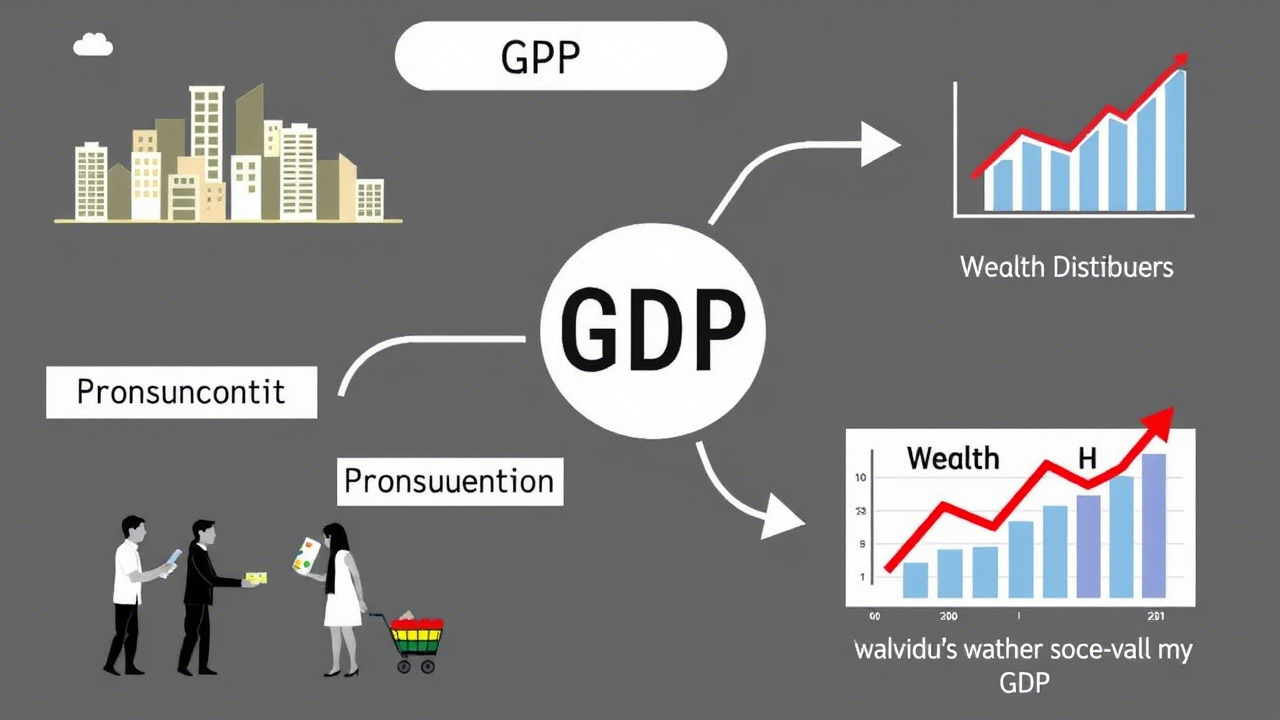
Imagine two bakers. Both use the same amount of flour, sugar, and oven time. But one baker makes 20 loaves of bread, while the other only makes 10. Which baker is better? The first one, of course! That’s productivity in action.
Productivity means how much you get out of what you put in. It’s a simple idea, but it has big effects on businesses, governments, and you. Understanding this allows for better choices and bigger gains.
Defining Productivity: The Core Concept
Want to know the basics of productivity? It’s all about getting more bang for your buck. Let’s explore what that really means.
What is Productivity?
Productivity is a ratio. It compares what you produce (output) to what you use (input). Inputs can be labor, like people working. They also include capital, such as machines. Materials, like raw resources, are also inputs. If you get more output from the same input, your productivity goes up. It is as simple as that.
Productivity vs. Production
Don’t confuse production with productivity. Production is just the total amount you make. Productivity is about how efficiently you make it. A factory might produce a lot of cars. Yet, if it wastes a lot of materials, its productivity is low. Being productive means avoiding waste and maximizing resources.
Why is Productivity Important?
Productivity drives economic growth. When businesses become more productive, they can pay higher wages. Living standards then improve, allowing for better lives. It also makes a country more competitive in the global market. Productivity can boost the economy for everyone.
Measuring Productivity: Key Metrics and Indicators
How do you measure productivity? Economists use different tools to keep track. These tools help understand how well we’re using our resources.
Labor Productivity
Labor productivity is a common measure. It looks at how much each worker produces. This can be output per worker, or output per hour worked. Factors like skills and technology greatly affect labor productivity. Better training and newer machines often lead to improvements.
Total Factor Productivity (TFP)
Total Factor Productivity (TFP) is a broader measure. It accounts for all inputs, not just labor. TFP reflects overall efficiency. A higher TFP means resources are being used effectively. It is a key sign of economic health.
Multifactor Productivity (MFP)
Multifactor Productivity (MFP) is a lot like TFP. But MFP looks at specific inputs in more detail. It might consider energy use or specific types of capital. By focusing on particular factors, MFP can provide a more precise analysis. This focused perspective is a valuable element.
Factors Influencing Productivity: A Multifaceted Approach
Many things can affect productivity. Some help it grow, others hold it back. Let’s look at what these things are.
Technological Advancements
Technology plays a huge role in boosting productivity. Innovation, automation, and new tech can make work easier and faster. Think of robots in factories, or computers in offices. Technology can transform how things get done.
Human Capital
Human capital is all about skills and knowledge. Education, training, and experience all contribute. A well-educated workforce is often more productive. Investing in human capital is crucial for economic growth. People with more skills can handle complex tasks.
Infrastructure and Investment
Good infrastructure is important for productivity. Roads, bridges, and communication networks help businesses operate smoothly. Investment in these areas can lead to big gains in efficiency. Reliable infrastructure makes everything run better.
Productivity Growth: Drivers and Challenges
Productivity doesn’t always grow at the same rate. Some things help it along, others slow it down. Let’s explore what influences productivity growth.
Innovation and Research & Development (R&D)
Innovation is key to long-term productivity gains. Research and Development (R&D) leads to new products and processes. Companies that invest in R&D often see big improvements in productivity. Innovation keeps the economy moving forward.
Regulatory Environment
Government policies and regulations can affect productivity. Regulations that are too strict can stifle innovation. Open trade policies, however, can boost competition and productivity. Finding the right balance is crucial.
Global Competition
Competition from other countries can push businesses to improve. To stay competitive, companies must find ways to be more productive. This can lead to innovation and efficiency gains. Global competition can be a powerful motivator.
Real-World Examples: Productivity in Action
Want to see productivity in action? Let’s look at some real-world examples.
Manufacturing Sector
The manufacturing sector has seen big productivity gains. Automation, lean manufacturing, and other techniques have helped. Robots can do tasks faster and more accurately than people. This boosts output and lowers costs.
Service Industries
Service industries have also benefited from productivity improvements. Technology and process improvements have played a role. Think of online banking or customer service chatbots. These innovations make services more efficient.
Country-Specific Examples
Some countries have experienced rapid productivity growth. South Korea is one example. Investment in education, technology, and infrastructure all contributed to this success. By focusing on key areas, countries can boost their economies.
Boosting Productivity: Strategies for Businesses and Policymakers
How can we boost productivity? Here are some strategies for businesses and governments.
Investment in Technology and Innovation
Businesses should adopt new technologies. They also need to invest in Research and Development. This can lead to new products and processes. Staying ahead of the curve is essential.
Education and Skills Development
Policies that promote education and training are important. Lifelong learning is also key. A skilled workforce is a productive workforce. Helping people gain new skills is vital.
Infrastructure Development
Investing in infrastructure is crucial. Transportation, communication, and energy infrastructure all matter. Good infrastructure supports business and economic growth. Reliable systems are a necessity.
Conclusion
Productivity in economics is all about getting more out of what you put in. It impacts wages, living standards and a country’s competitiveness. Technology, skills, and infrastructure are crucial for boosting productivity.
Improving productivity benefits everyone. So, how can you contribute to productivity in your work or community? Think about the small changes that can lead to bigger results. It is time to focus and improve.



